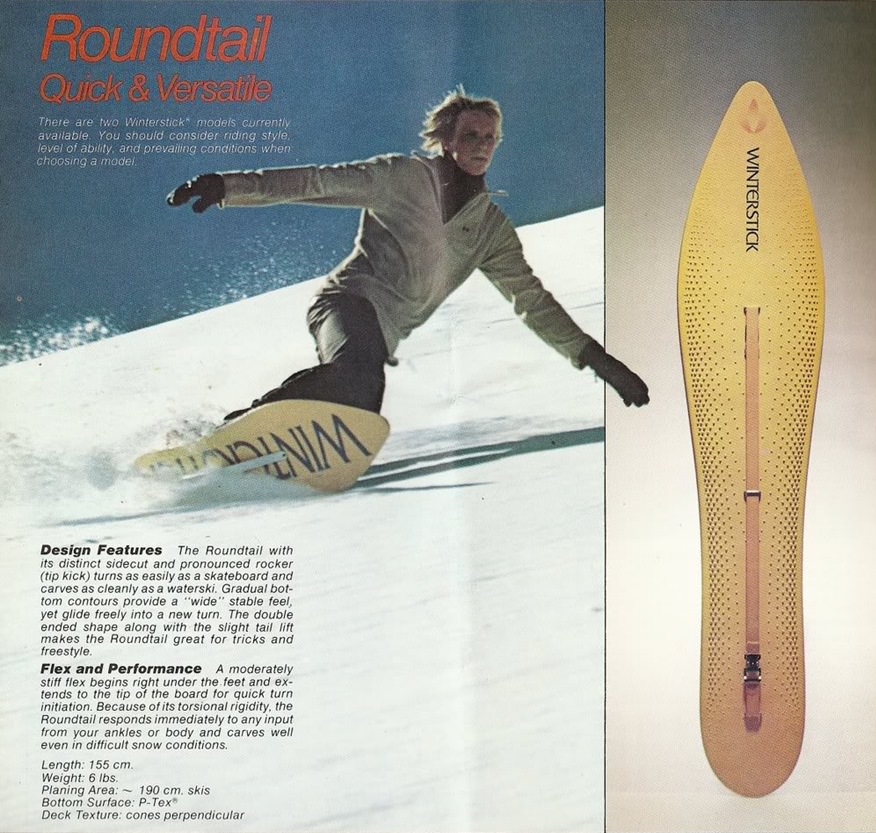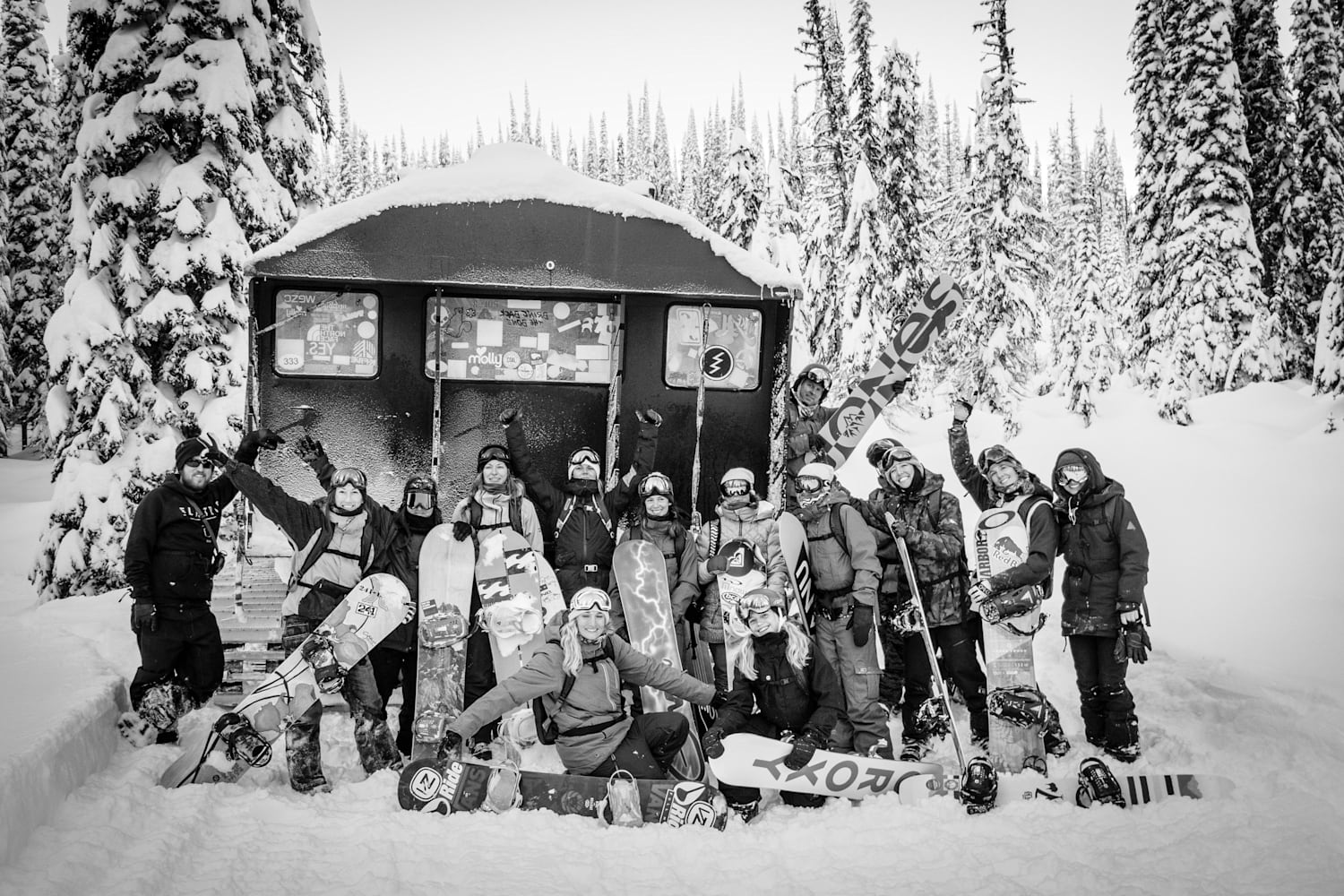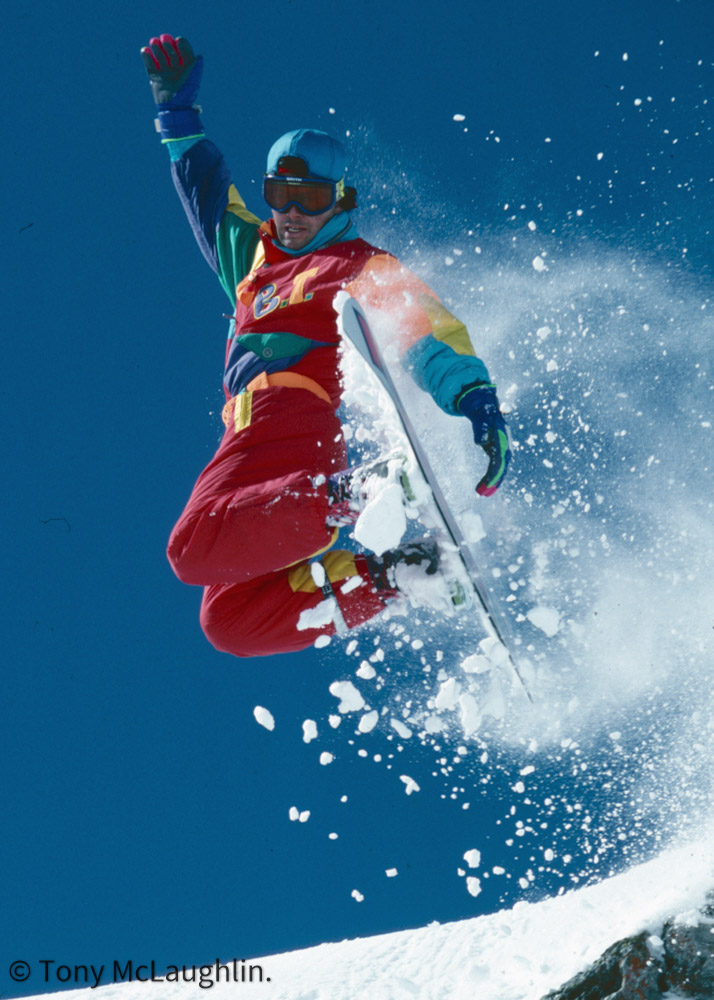Snowboarding History Class
Snowboarding didn’t start in the Olympics - it started in a backyard, with a dad and a bolt of inspiration.
It all began in 1965 when engineer Sherman Poppen lashed two skis together to invent the “Snurfer” (snow + surfer) so his daughters could surf snow. That backyard experiment lit the fuse.

Throughout the 1970s, innovators like Jake Burton Carpenter and Tom Sims turned garage-built boards into the first real snowboards. Burton brought ski-tech with bindings. Sims brought skate influence and style. They weren’t competing - they were co-creating a movement.

Still, snowboarders were banned at most ski resorts. They were called reckless. Undisciplined. Outsiders. But riders didn’t back off - they leaned into it. In 1982, Vermont’s Suicide Six became one of the first ski hills to allow snowboards, and the gates cracked open.
By 1998, snowboarding had earned Olympic status in Nagano. From parking lot tricks to podiums, the movement had arrived - still rebellious, but now global.
Inclusion Wasn’t Always Part of the Ride
Snowboarding exploded in pop culture - but not for everyone. For decades, the sport was mostly white, male, and unaffordable. But new voices started carving through that too.
Groups like Colour the Trails, Hoods to Woods, and Burton’s Culture Shifters are changing the face of snowboarding by creating space for Black, Indigenous, LGBTQ+, and underrepresented riders to belong.

This is more than catching air. It’s about catching up - making the sport reflect the world we live in. Inclusion isn’t a side topic. It’s a feature of the future.
Watch: Full Moon - Women Who Shred
For a deeper look into the legacy of female riders, check out the iconic documentary Full Moon - a powerful ride through decades of progression, style, and sisterhood.

Snowboarding wasn’t just built on snow. It was built on resistance, reinvention, and rebellion.
And that’s why we teach this. Because knowing your roots gives you power - to ride differently, speak up, and make room for the next generation.